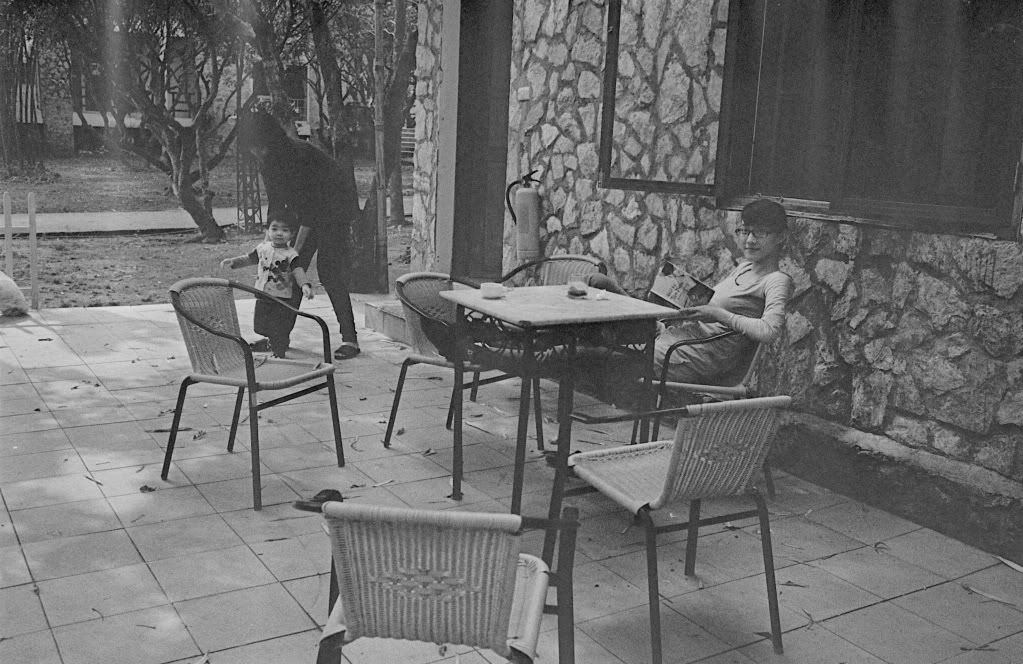ColSebastianMoran
( IRL Richard Karash )
3/ Why there are some "strips" in my photo? (please look at the 1st photos)
#1

The light stripes in your print: I think it's a light leak. See a very similar light leak in this thread post #3. It my case, it was a light leak at the film door hinge on a fixed-lens rangefinder camera.
To test your camera:
- Load film
- Shoot four blank frames (for example, with the lens cap on)
- Leave the camera in bright light, but not direct sunshine, for a day or so.
- Shoot one frame to mark the spot on the film which was behind the lens during the test.
Hope this helps. Great to see your photos from Viet Nam!










